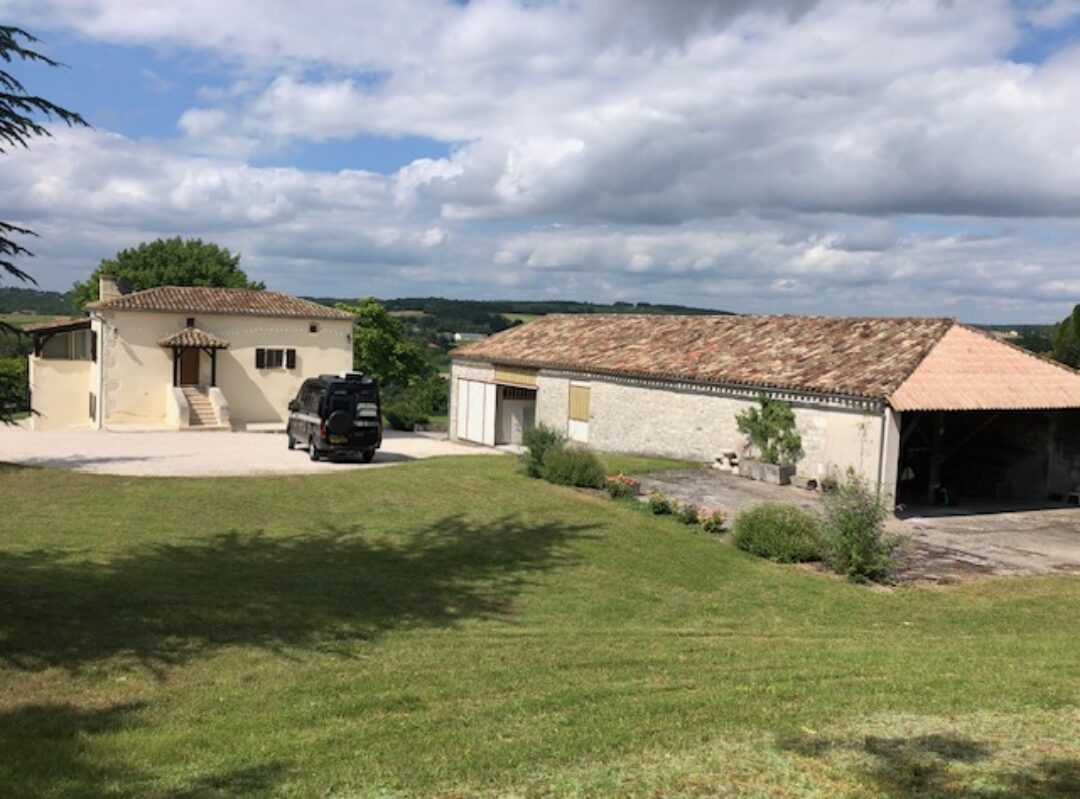For the last two weeks that we plan to spend at campsites we’ve headed down to the far south-west corner of France and the Mediterranean coast. Another complete change of scenery as we head down from the mountains to the flat coastal plain of Roussillon. Our first base in this area was just outside the small village of Sainte Marie la Mer, not far from Perpignan. This stretch of the coast is mainly home to larger campsites catering for the influx of summer visitors but we opted for a slightly smaller site set among the pine trees and reminiscent of sites we stayed at in Corsica a couple of years ago. Typical of many villages along this stretch, Sainte Marie has both the original village, set away from the beach, as well as the more modern beach and port areas with long sandy beaches to one side and a ‘plage sauvage’ to the other. It can be very windy along this coast, as the angle of some of the trees showed.


The old village has some attractive streets and a number of trompe l’œil paintings on various buildings, painted by the artist Bernard Gout, a resident of the village.

Our bicycles were the perfect means of transport in this region and there are cycle paths running the length of the Coast in both directions. To the west we cycled to Le Barcarès, a larger resort of campsites and holiday homes, but still attractive on a sunny day with a small market taking place and a choice of restaurants for lunch outside. To the east we cycled to Saint Cyprien via Canet en Roussillon and the Canet and Saint Nazaire lagoon with its pink flamingos and the backdrop of the mountains.


The land on which these beach resorts stand was previously mosquito infested marshland and it was the Templars who first started drying out the land in the 13th century. It was only in the 1960s that serious development started to cater for the French holidaymakers who travelled south for their summer holidays in search of the sun. The architecture of some of the resorts along the south-west coast is very typical of the 1960s and 1970s and seems to have been more successful in some areas than others. I’ve previously seen the white ‘pyramid’ blocks of apartments at La Grande-Motte near Montpellier and they have a bit of a ‘marmite’ effect. Even though they have been listed as a 20th century heritage site, I find it hard to see them as a blot on the coastline.
We were surprised to find that the seafront developments of Canet and St Cyprien, on either side away from the main centre of restaurants and shops, were surprisingly elegant with low rise blocks in landscaped gardens. The paved promenade that runs between the two towns has elegant and functional street furniture – benches, fixed sun beds, showers and foot showers for when you come off the beach, free toilet blocks and ‘fit parks’ with exercise machines. No doubt it looks better on a sunny October day with fewer people around than it would do on a day in the height of the season heaving with tourists. A treat for us anyway to have glorious weather this late in the season.




